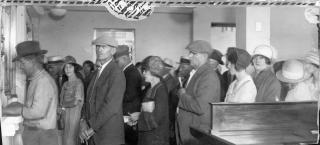
Story
History Need Not Repeat Itself
This is a unique moment in American history, for the nation is grappling simultaneously with a pandemic and an economic catastrophe.
The study of past pandemics and economic collapses offers valuable lessons on how to deal with the current crises. As the cliché goes, to be forewarned is to be forearmed. In the case of epidemics, some people have learned from them, while others have not; therein lies another tragedy. Scientists in general, especially epidemiologists, have learned much about epidemics—how they originate, spread, and end. Some politicians and businessmen, not so much.

A Denver Post photograph of teller windows at First National Bank, 17th and Stout in Denver, 1933.
Historically, whenever an epidemic occurs, political leaders initially tend to deny or downplay its existence. When the infection rate can no longer be ignored, they belatedly take steps to deal with it. Meanwhile, in the midst of it all, leaders and their followers begin blaming others for the health crisis—usually the most vulnerable members of society such as the poor and the marginalized. Under the pressure of the businessmen who may be more concerned about their finances than the public’s welfare, leaders are apt to prematurely end the measures taken to contain the disease. Predictably, the disease returns, often with a vengeance, devastating the population and the economy.
Unfortunately, this pattern is being played out in America today, though it can be avoided with judicious policies and the will to enact them. History has provided a guide on how to cope with the current crises—only if leaders are willing to learn from it.
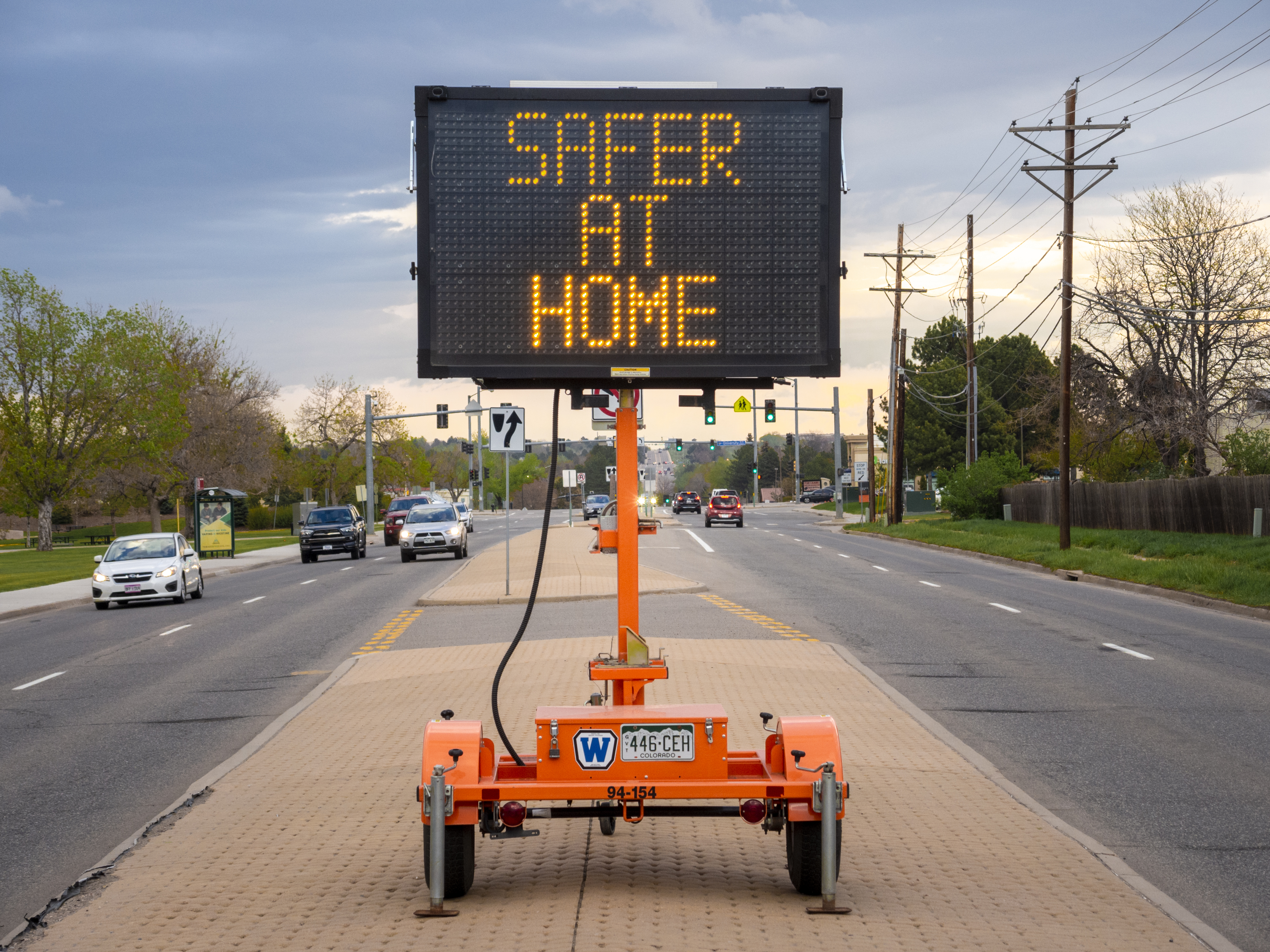
A traffic sign informs drivers of the state government's stay-at-home recommendations in the city of Centennial, around May 2020. The public was urged to only leave their homes for essential activities, such as grocery shopping.
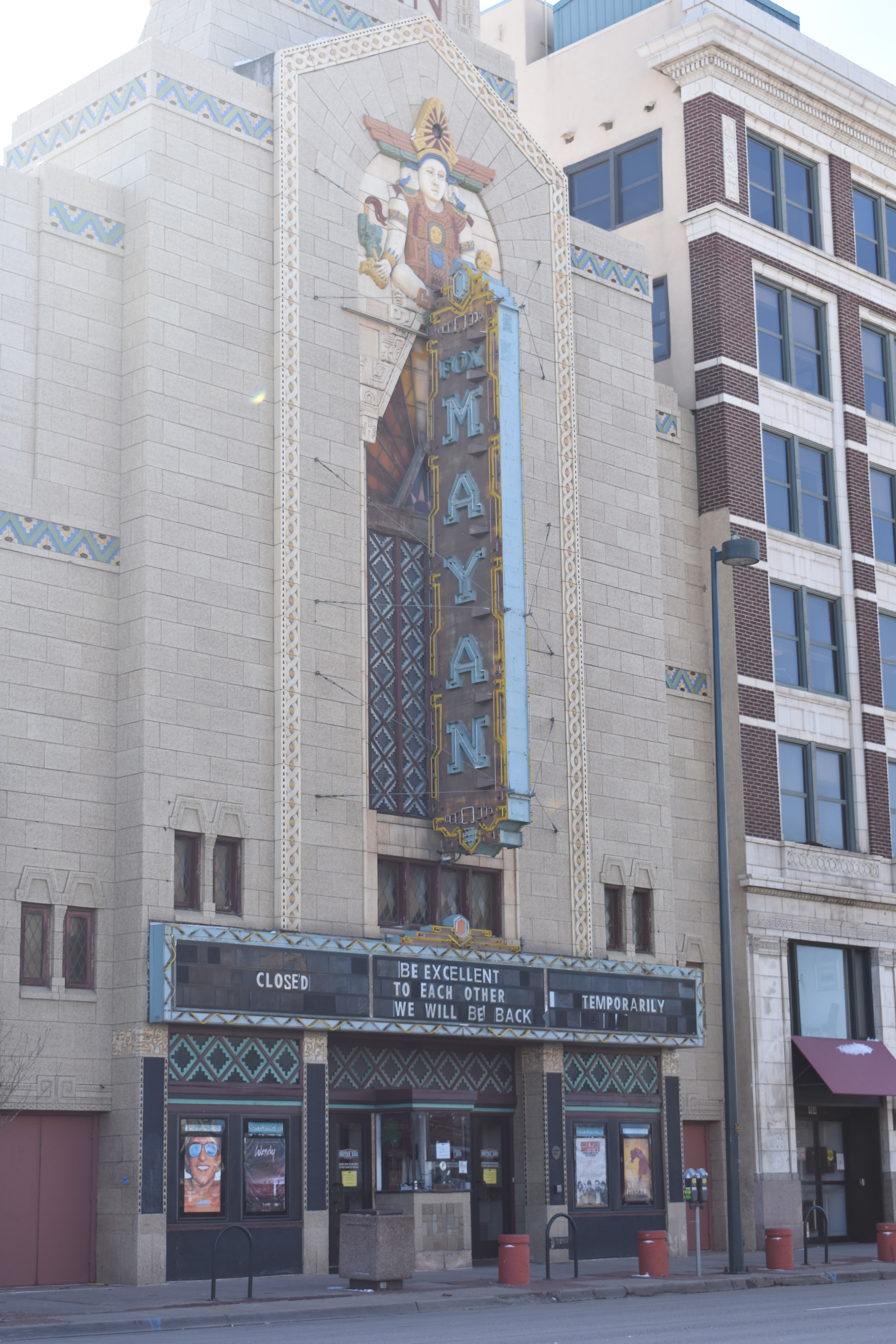
Like many other theatres and businesses, the Mayan Theatre at 110 Broadway in Denver closed completely during the initial stay-at-home order following the COVID-19 pandemic outbreak. April 2020
Pundits have compared the current COVID-19 pandemic to the 1918 influenza (also known as the Spanish Flu, even though it did not originate there) epidemic and the 1929 Great Depression. Comparisons with the 1918 influenza epidemic and the 1929 Great Depression inadvertently play to people’s fears that the current crises will prove to be as devastating for American society as these historical experiences were. If the health and economic crises confronting the nation today continue on for the same length of time as these two catastrophes, we would indeed be faced with a daunting challenge.
Nearly a century ago, the 1918 influenza began when an American soldier stationed at Camp Funston in central Kansas contracted it from hogs at a local farm. He spread the highly contagious disease to fellow soldiers, who in turn passed it on to allied soldiers in Europe whom they fought alongside during World War I. The disease also spread to Colorado, which had one of the highest rates of death in the country.
In America, the influenza infected about 29 million and killed between 500,000 to 850,000 people. World-wide, the influenza eventually infected an estimated 500 million people, or one-third of the world’s population, and killed possibly as many as 100 million people. The influenza occurred in four waves and lasted until 1920. It proved to be the deadliest epidemic since the bubonic plague of the late medieval period.
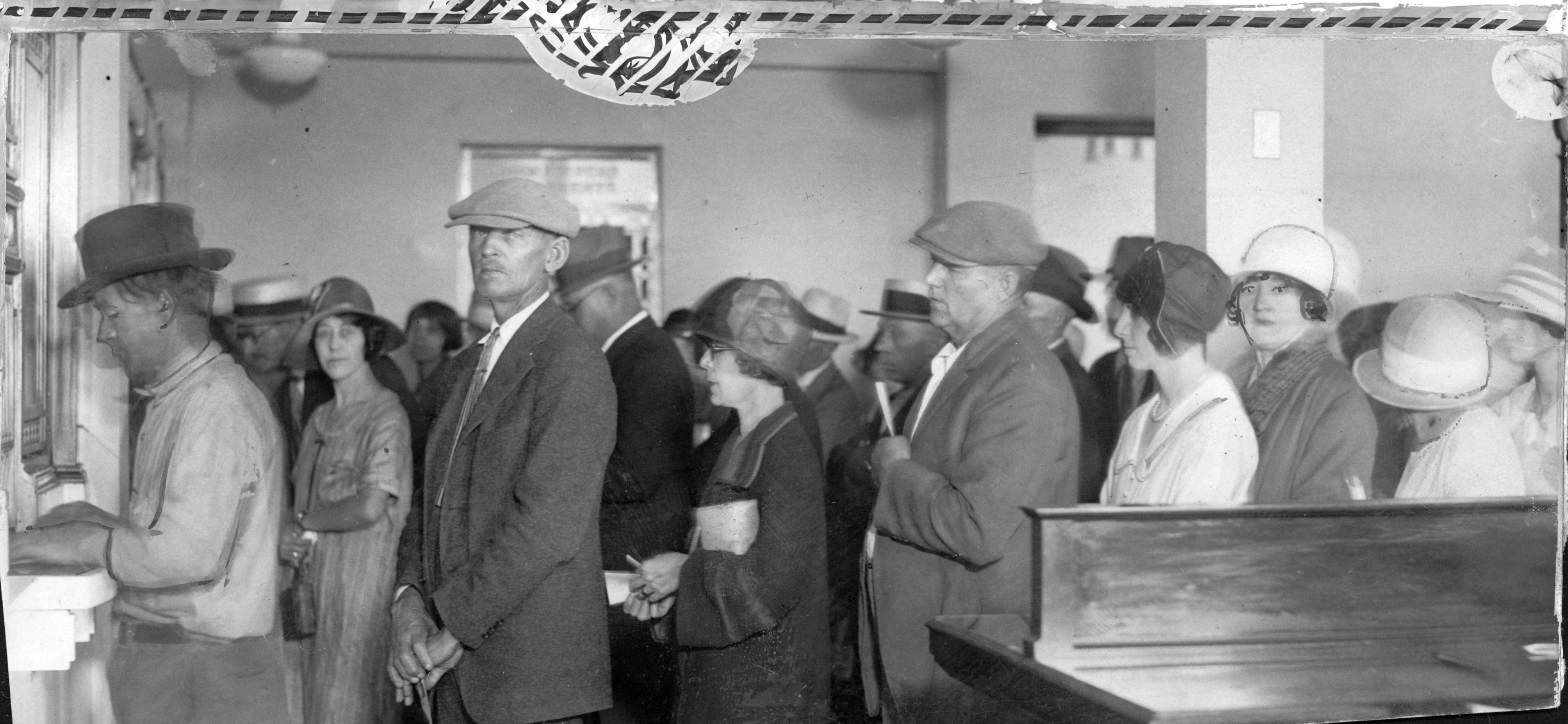
Patrons line up to speak with tellers at the Broadway National Bank, located in Denver at 1st Avenue and Broadway. This Denver Post photograph was taken shortly after the stock market crash of 1929.
The 1929 Great Depression began with the Wall Street crash in October. President Herbert Hoover underestimated the gravity of the situation, believing that it would soon end. Instead of intervening to alleviate the suffering of the estimated 25 percent of the American people who became unemployed, Hoover told them that “prosperity is just around the corner.” He was wrong. American people justifiably condemned him for doing “too little, too late” and replaced him with President Franklin D. Roosevelt in 1932.
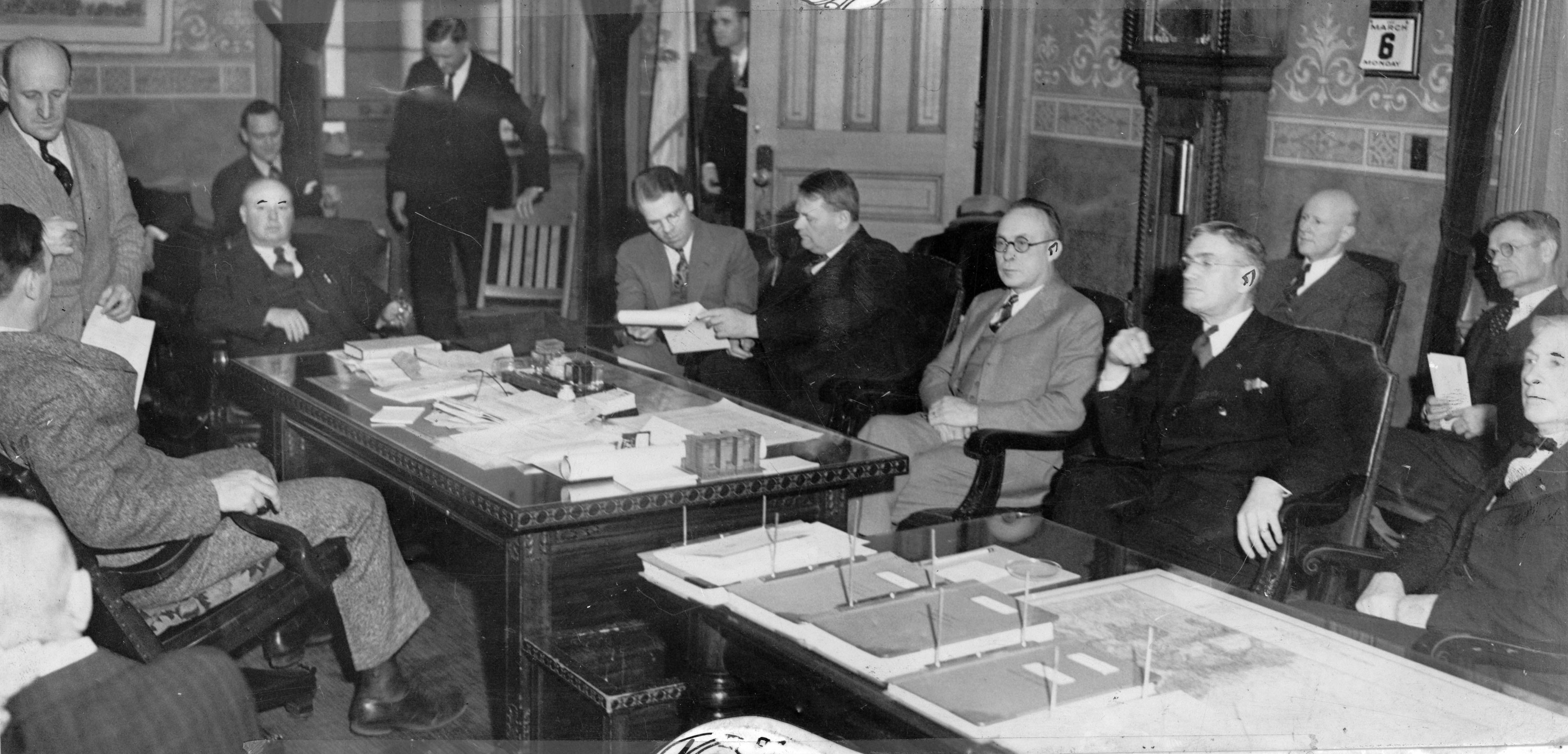
A Denver Post photograph of the office of Governor Edwin C. Johnson during a meeting with Colorado bankers, 1933. Johnson, a Democrat, was a proponent of Franklin Roosevelt's New Deal programs.
Through his New Deal Program, President Roosevelt focused on ending the Great Depression by providing relief for the unemployed and introducing large scale socioeconomic reforms such as Social Security which have since become an integral part of the American way of life. Ever since, during an economic crisis many people continue to wonder what Roosevelt might have done under the circumstances.
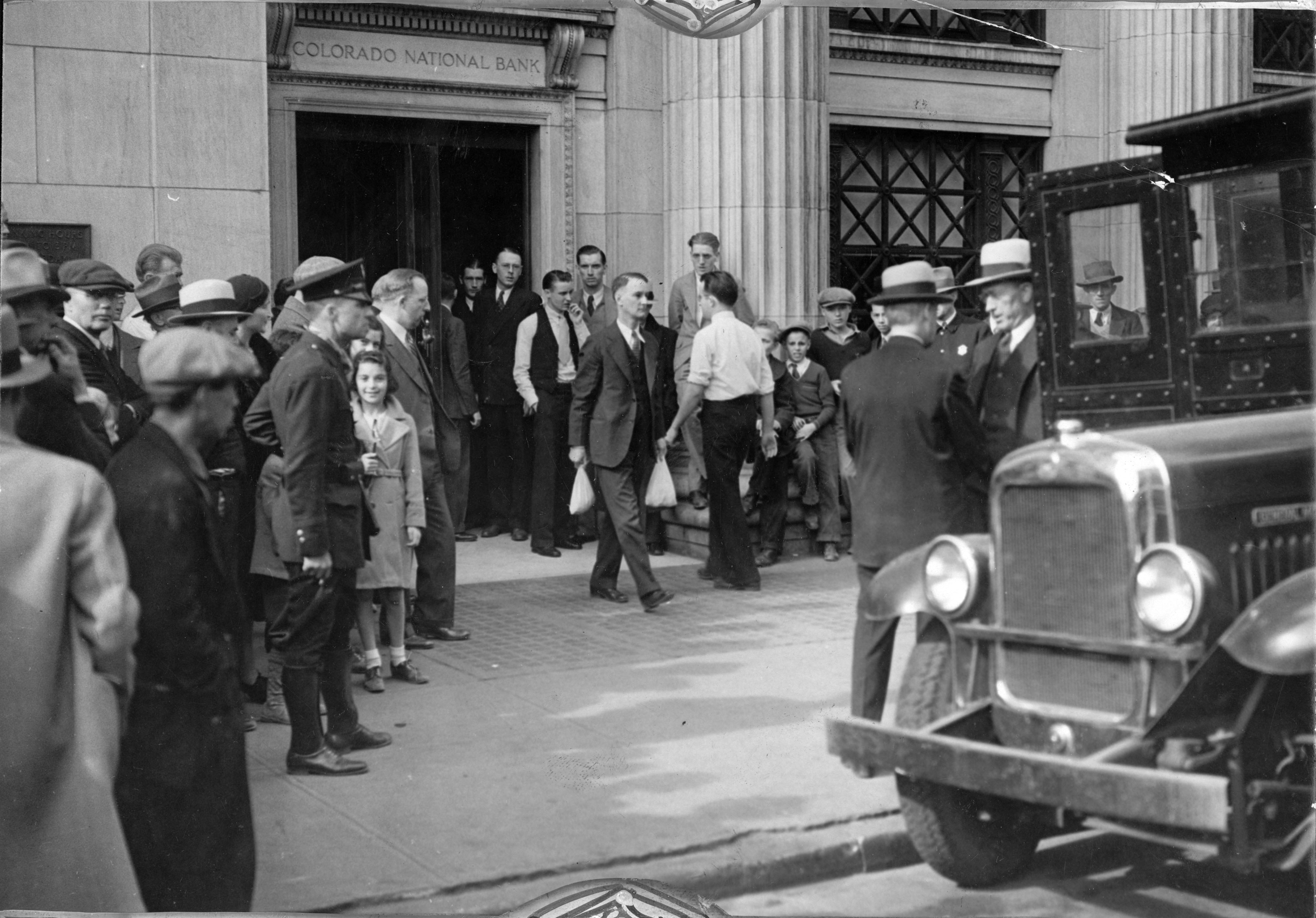
The Colorado National Bank at 17th and Champa in Denver teems with activity shortly after reopening from a bank holiday in this Denver Post photograph, taken in 1933.
It is important to bear in mind the differences between the current crises and the historical ones. First, the historical crises were separate and unrelated. Second, the present-day economic decline is directly related to efforts to contain the disease through social distancing and sheltering in place. For that reason, it is the disease that needs to be dealt with first while mitigating the economic damage caused by the measures to control it. It is the end of the pandemic, or at least success in controlling its spread and reducing public health risks, that will start the country on the road to sustained economic recovery.
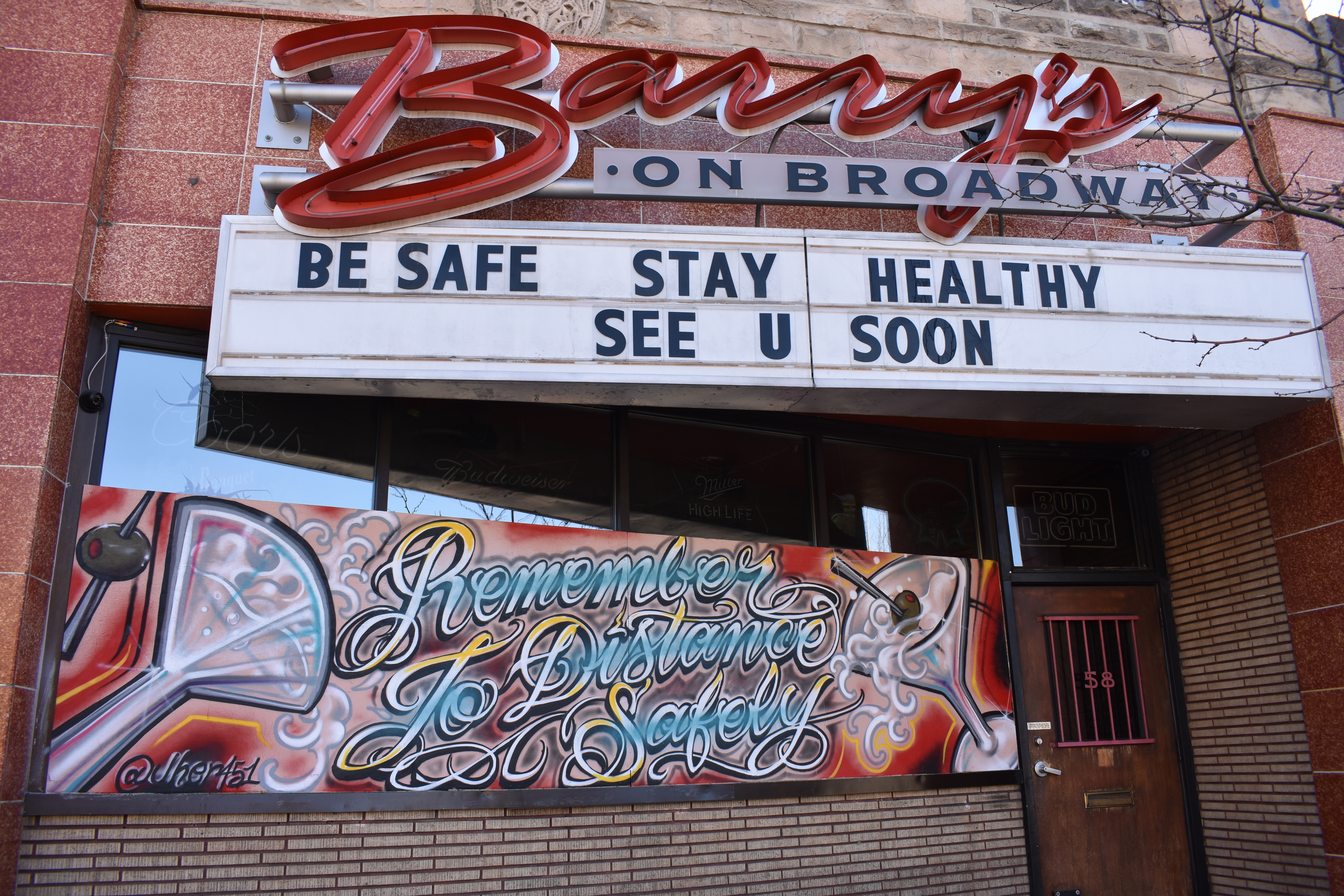
To lift Coloradans' spirits during the stay-at-home order, artists decorate the boarded-up windows of closed businesses along Broadway in Denver, April 2020.
This article also appeared in the "Colorado's Living History" feature of The Colorado Sun, an ongoing collaboration with History Colorado. The Colorado Sun is an independent, journalist-owned news site. Learn more at coloradosun.com/join.
